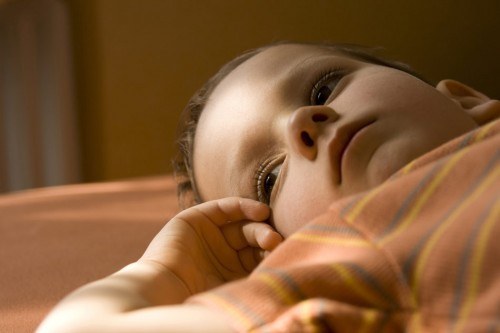Instruction
1
Analyze external state and behavior of the child for the following symptoms: anxiety, irritability, rapid head growth, bulging Fontanelle large, the formation of the venous network on the head, the divergence of the cranial sutures, refusal to drink, a symptom of "setting sun" (the eyes of the "roll out" and are diverted downwards), strabismus, vomiting, frequent regurgitation in infants. In children of more advanced age: rapid onset of fatigue, mood swings, mental retardation, frequent headaches, reduced vision, vomiting, convulsions.
2
Contact the doctors to conduct the examination of the child. For more precise diagnosis experts will carry the baby, in addition to visual inspection, ultrasound through the fontanel (neurosonogram). When you visit the doctor's office lay a diaper on the couch, put on her child and stick to it. Before conducting the examination, the doctor will smear the sensor unit with a special gel, and then will be led this sensor on the head (the Fontanelle) of the child. Information about the presence or absence of PVD sensor will transmit to the monitor of the computer.
3
After completion of the examination, wipe off the baby's head with a napkin. In addition to neurosonogram possible to use other professional methods of examination of the child: a fundus examination, magnetic resonance imaging, computed tomography.
Note
If you suspect increased intracranial pressure from your child, then immediately call the doctor for urgent hospitalization of the baby, because the PVD may be accompanied by such serious diseases as meningitis, encephalitis, brain tumor, and intracranial hemorrhage.
Useful advice
If there are doubts about the diagnosis of the child, it is advisable to get advice of several doctors. Upon confirmation of the diagnosis will need to start treatment.



